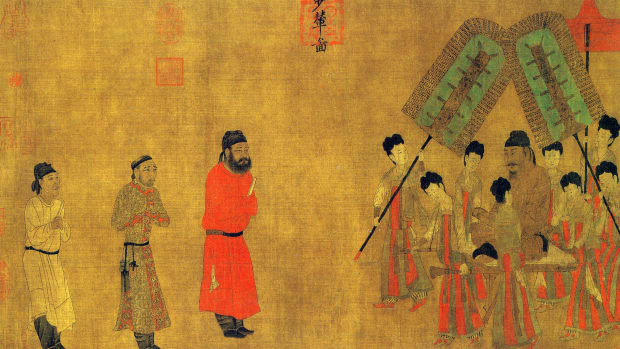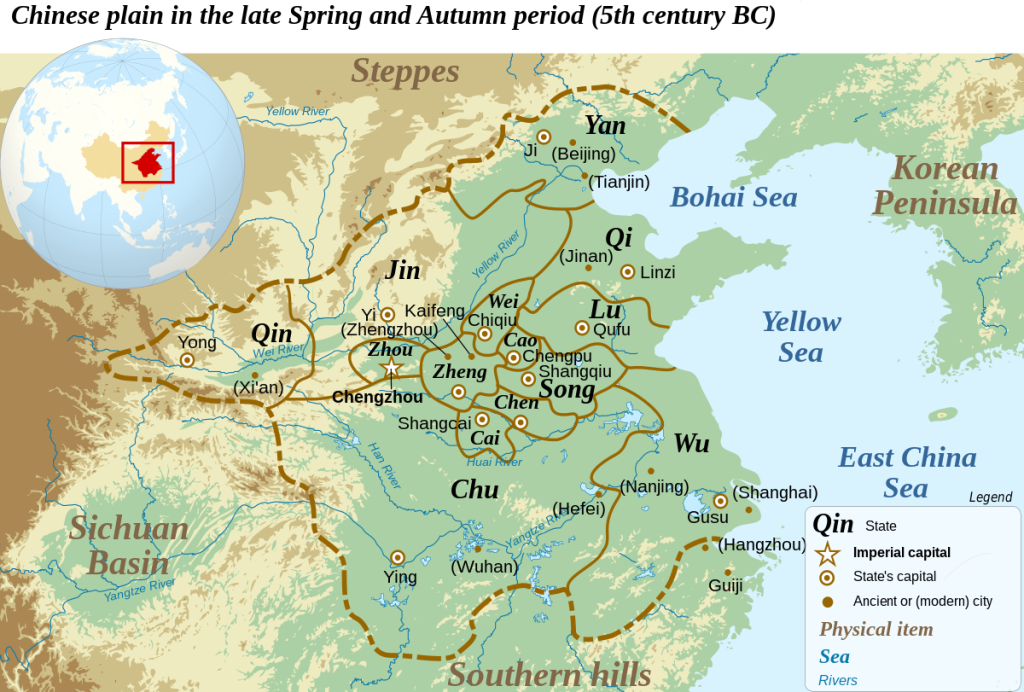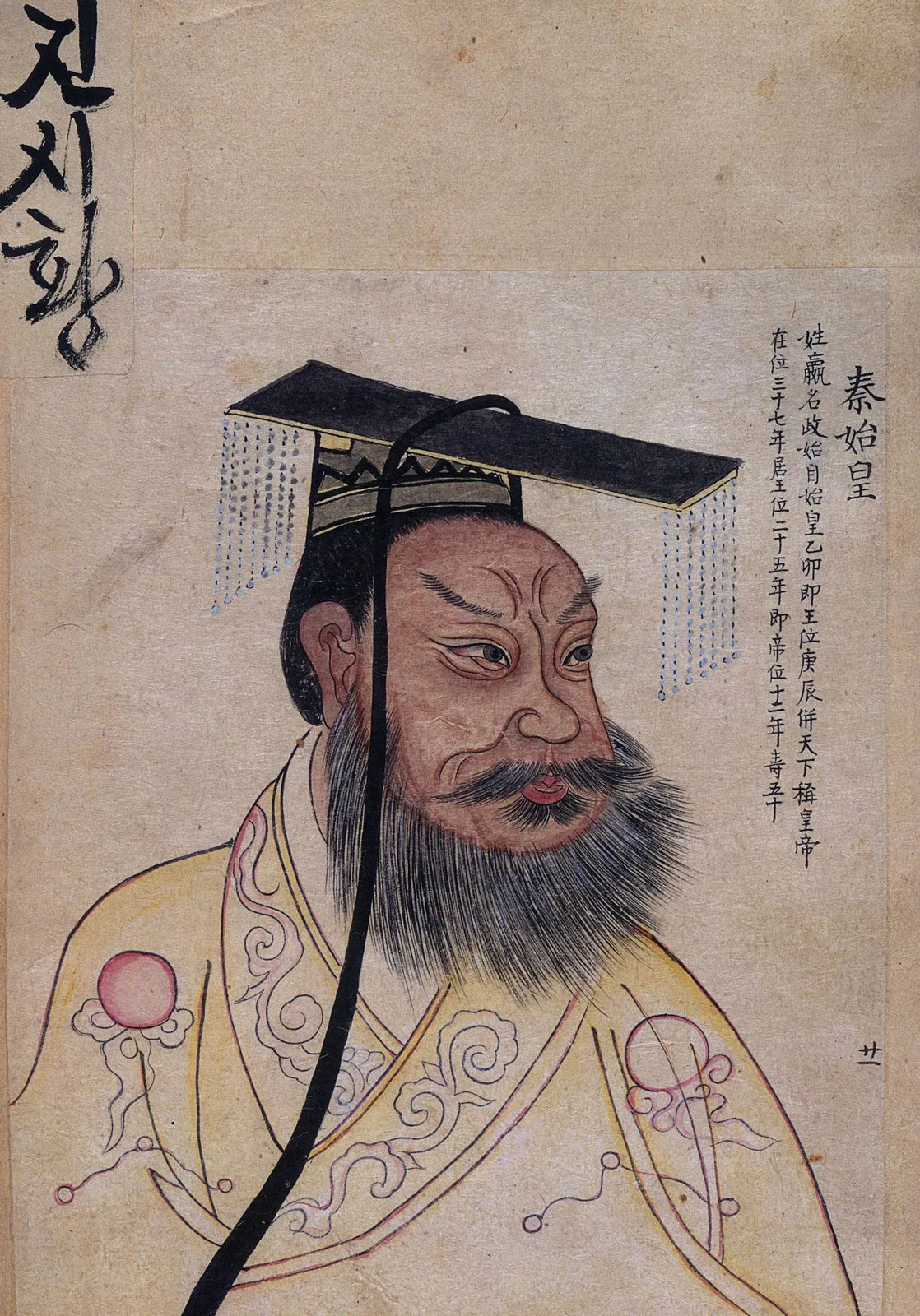What exactly is ancient Chinese history? The region now known as China is one of the earliest civilizations in the world. It has seen civilizations rise and fall. It has seen wars and battles. However, this doesn’t answer the question: what exactly is the history of China?
In simple terms, I shall be referring to the history of China before and after it was unified. More specifically, the time between 476 BC – 907 AD. Both times are essential if we are to understand the history of the great nation of China.
With this out of the way, let’s discuss ancient Chinese history. There is a lot to cover and explore if you’re interested. Hence, I have tried my best to write about the most interesting bits for you.

Remote Antiquity and Slave Society in Chinese History (476 BC)
One of the world’s oldest civilizations is China. It has a rich history spanning almost 4,000 years. China’s earliest known primitive human is the “Yuanmou Man.” It was a fossil anthropoid first seen in Yuanmou, Yunnan Province. Around 1.7 million years ago, the fossil was alive and well and walking the Earth.
The “Peking Man” existed 600,000 years ago in the Zhoukoudian region close to Beijing. He could walk upright, build and utilize essential tools, and produce fire. Around 10,000 years ago, the Neolithic Age began in China. Artifacts from this time can be discovered all around the nation.
The Hemudu ruins in Yuyao, Zhejiang Province, and Banpo, close to Xi’an City, Shaanxi Province, also tell a story. Agricultural implements, farmed rice, and millet have also been discovered in these regions.
These relics date back some 6,000-7,000 years. Chinese history truly is fascinating. Isn’t it?
Xia Dynasty in The History of China
The Xia Dynasty, the very first dynasty, began around 2070 BC. The dynasty had a sphere of influence extending to both sides of the Yellow River. The center of Xia was located in the western portion of today’s Henan Province and the southern portion of today’s Shanxi Province.
Slave society first emerged during this time. It continued to grow under the Western Zhou (1046-771 BC) and Shang (1600–1046 BC) dynasties. The Spring and Autumn (770–476 BC) and the Warring States (47–221 BC) eras followed this one. These were characterized by the collapse in the dominance of the governing dynasty and power battles between regional rulers. Hence, they marked the shift from an enslaved to a feudal society.
About 5,000 years ago, the Chinese developed the art of smelting bronze. And about 3,000 years ago, the Shang Dynasty saw the introduction of iron implements.
The world’s first jacquard silk weaving process emerged, and silk manufacturing advanced significantly. Ceramics with white and colored glazes rose to popularity as they were one of the exports.

Technologies for the production of steel emerged throughout the Spring and Autumn Periods. There was a great increase in intellectual activity throughout the Spring, Autumn, and Warring States periods. This gave rise to many notable philosophers, including Lao Zi, Confucius, Mencius, and Mo Zi. The renowned military scientist Sun Wu, author of The Art of War, was also in his prime during this time.
Qin Shi Huang (259-210 BC) and his Chinese Empire
The Warring States Period, which lasted for around 250 years, came to an end in 221 BC. Ying Zheng, the first emperor of the Qin Dynasty, created the first united and multi-ethnic feudal state in Chinese history. This feudal state was called the Qin Dynasty (221-207 BC).
He is the “First Emperor of Qin,” or Qin Shi Huang. He created the system of prefectures and counties and standardized the written script. Weights, measurements, and coinage were also standardized. The rulers continued the feudal admin system that he founded for the next 2,000 years or so. He organized more than 300,000 workers for twelve years to construct the Great Wall. The Wall stretches 5,000 km across northern China. Therefore, his contribution is still greatly appreciated.

Early in his rule, Qin Shi Huang ordered the construction of his massive tomb to begin. When the “subterranean army” defending the tomb was first discovered in terracotta, it astounded the world.
The “Eighth Wonder of the World” comprises 8,000 colorful, life-size clay people, horses, and chariots.
Chinese History: Han Dynasty (206 BC-AD 220) and the “Silk Road”
What is a discussion about Chinese history if we do not discuss the Silk Road? So, let’s dive into the “Silk Road” now.
In 206 BC, Liu Bang founded the mighty Han Dynasty. Agriculture, handicrafts, and trade thrived under the Han Dynasty, and the population grew to 50 million. During his rule, Liu Che stretched the empire’s territory from the Central Plains to the Western Regions. Moreover, this period was the most affluent time of the Han Dynasty (present-day Xinjiang and Central Asia).
It was Zhang Qian who established the “Silk Road,” Qian is who the emperor twice sent as his ambassador to the Western Regions. The Silk Road ran from Chang’an (modern-day Xi’an, Shaanxi Province) via Xinjiang and Central Asia. It ends on the eastern coasts of the Mediterranean. China exchanged its exquisite silk textiles along the Silk Road with the West.
Between East and West grew. An official by the name of Cai Lun developed a method for producing good paper. His product soared by combining the existing knowledge. This innovation of paper sparked a revolution in both education and communication.
Chinese History: Tang Dynasty (618-907 AD)
The Three Kingdoms Period (220–265) was fast approaching. The Jin Dynasty (265–420), the Southern and Northern Dynasties (420–589), and the Sui Dynasty followed the Han Dynasty.
The Tang Dynasty, founded in 618 by Li Yuan, came after these. Li Shimin, also known as Emperor Taizong reigned from 626 to 649 AD. He implemented many liberal policies that helped the feudal society of China reach its pinnacle of prosperity.
Agriculture, handicrafts, and commerce thrived. Smelting, shipbuilding, pottery and porcelain production, textile manufacturing, and textile dyeing technologies all advanced significantly. Land and water transportation also became significantly more efficient. By the 660s, China’s power had established itself in the Ili River valley, the Tarim and Junggar basins. It was also found in other Central Asian city-states.
Conclusion
We have not even scratched the surface of Chinese history. Though these are important milestones in ancient Chinese history, they do not tell the full picture. However, all of these are equally important and give an insight into how China survived all these years. Still, it is one of the most impressive societies in the world, and that is because it has changed little from what it was.
Thus, it is safe to say Chinese history is one of the most interesting ones. There is a lot to explore, and learn. So, anyone interested has a rabbit hole to get into. If you liked this post, please let me know below. And what are your thoughts on Chinese history? Does it interest you? Please share your thoughts below. That is, I would love to hear from you. So, you can do that below.
If you enjoyed this post, you can check similar posts on our blog. Posts like How the Mongolian Influence is Still Prevalent in China and Free Cloud Storage: Top 9 Cloud Storage Services in 2022.
Edited by: Syed Umar Bukhari.



